Making Sausage
How and why open source scientific software gets made – and what keeps us from making more
About Me
Mike Mahoney
ESIP Community Fellow (IT&I, ML)
PhD candidate in environmental science
Research assistant, CAFRI
These slides: mm218.dev/nasatops2023

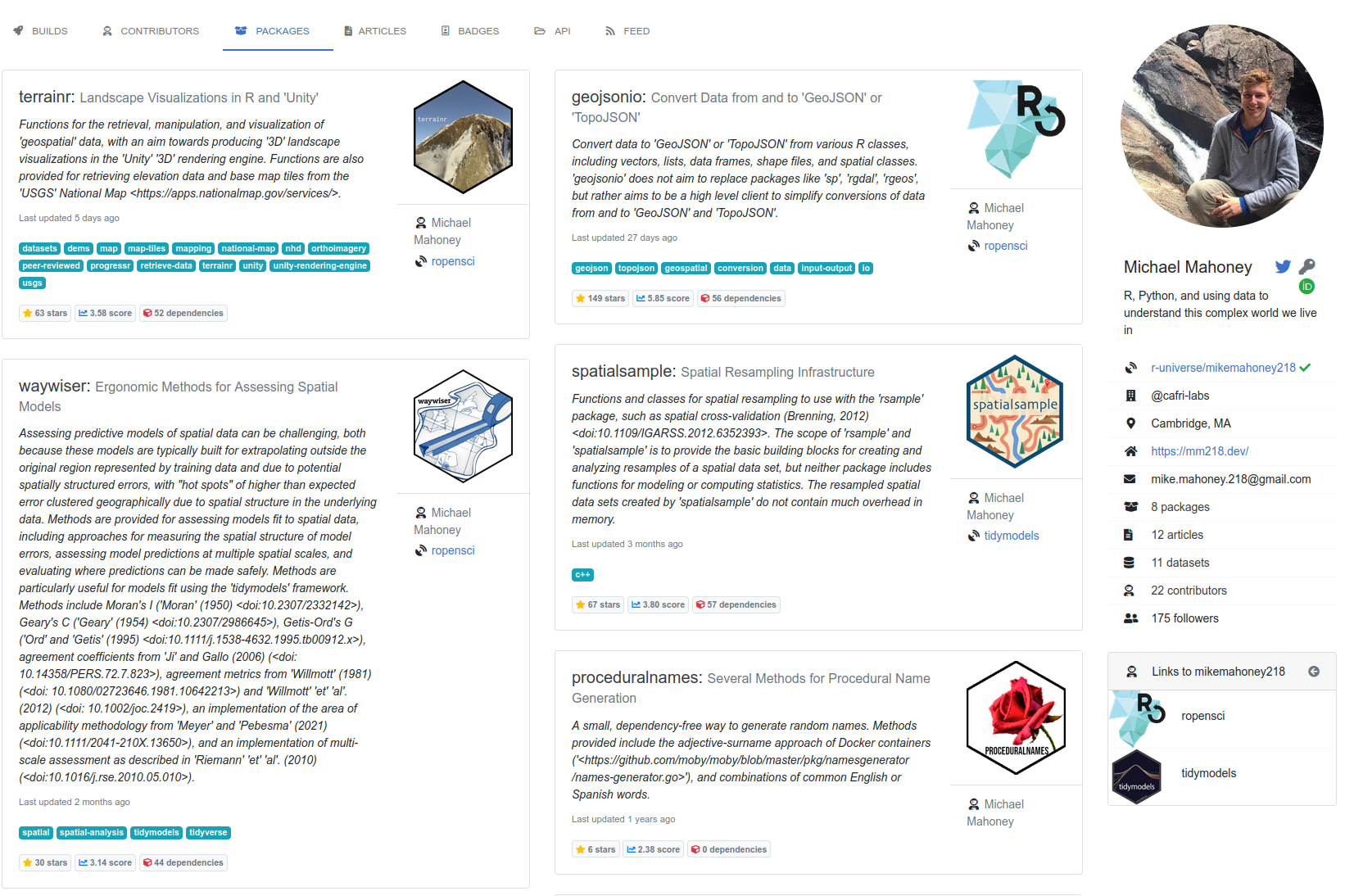
All users of the program have access to the source code of the program, and are allowed to redistribute, modify, and use the program as they see fit.
Open source is open
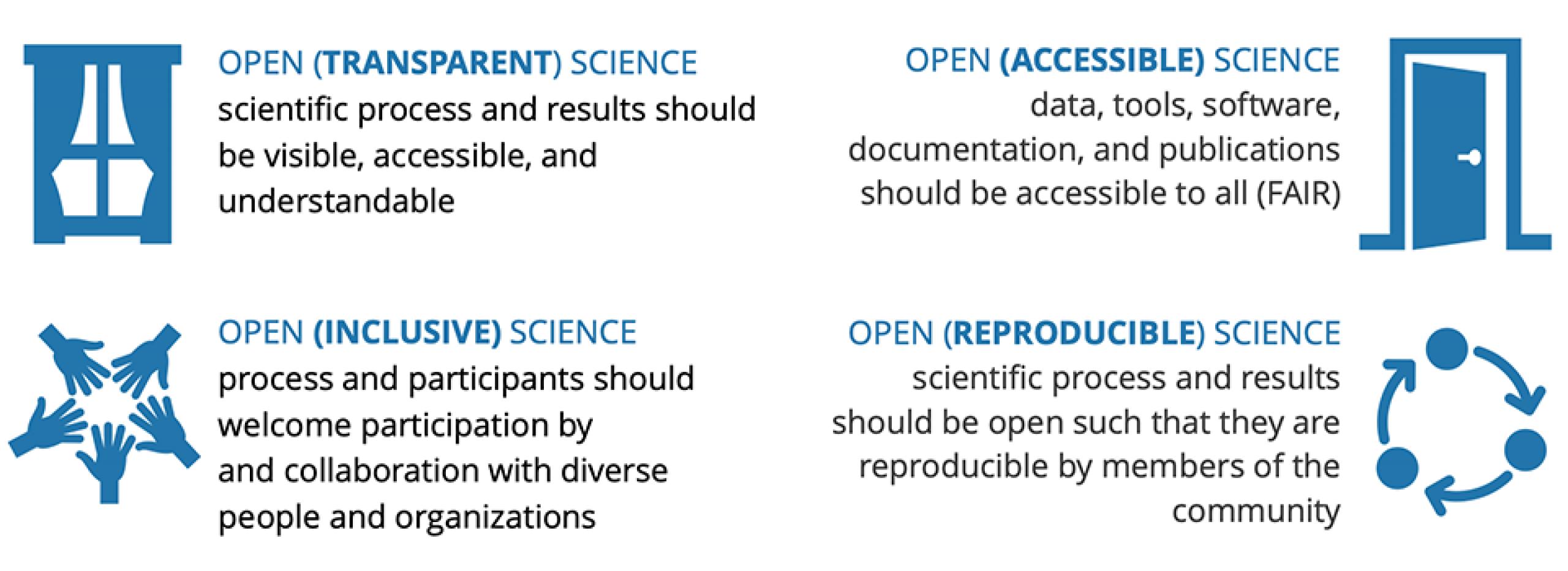
Open source makes collaboration easier
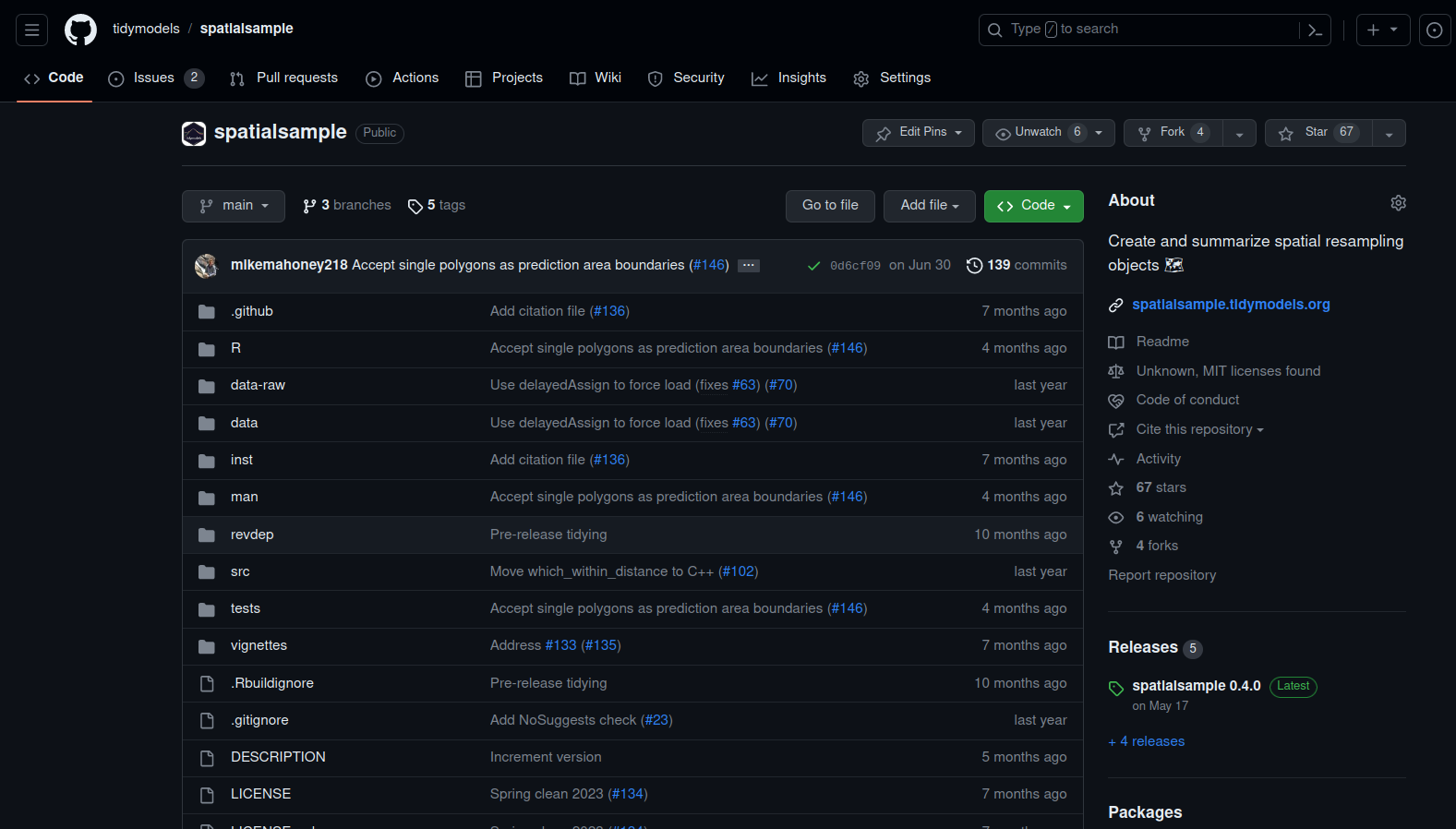
“Given enough eyeballs, all bugs are shallow.”
– Eric S. Raymond, The Cathedral and the Bazaar
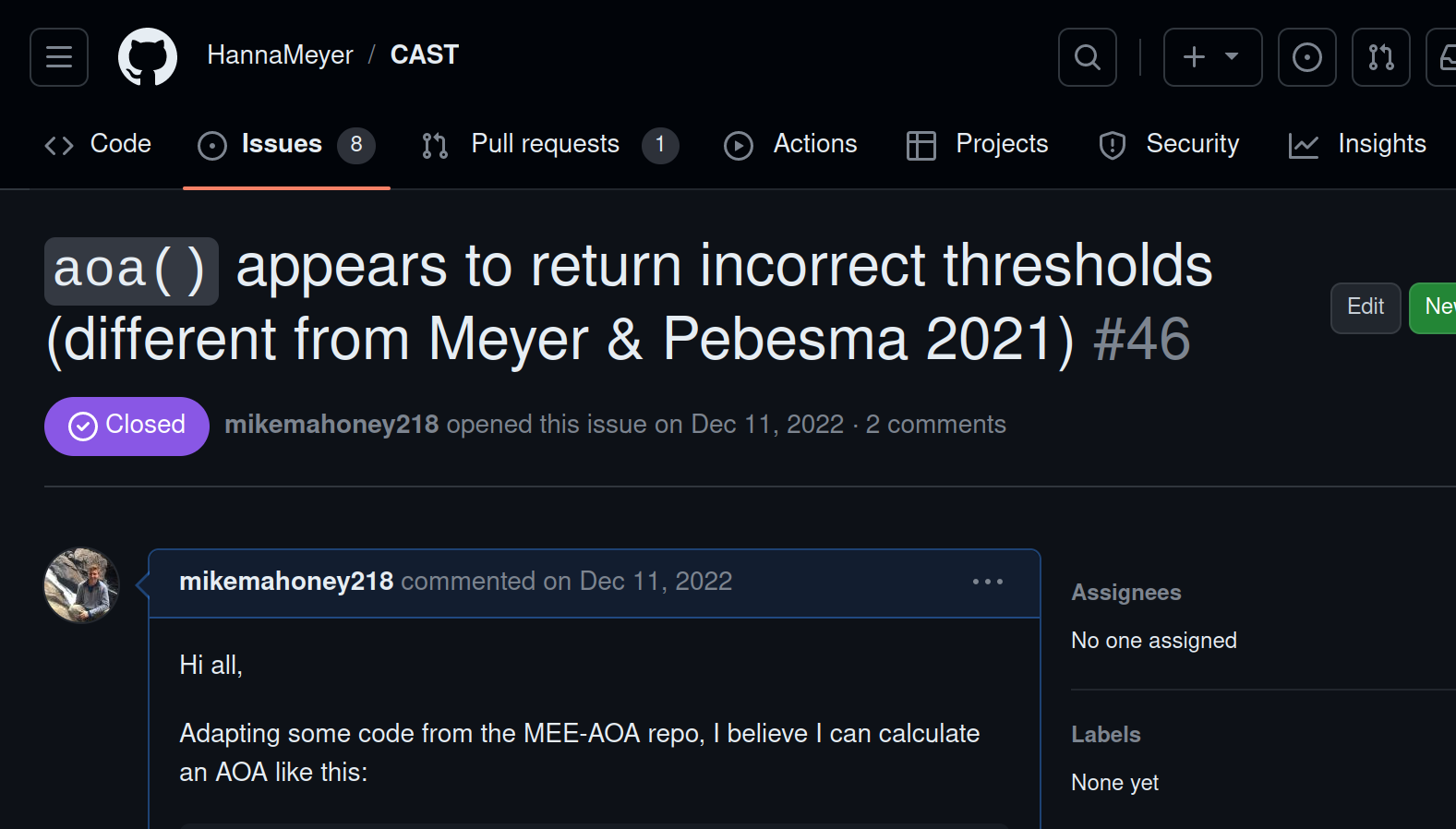
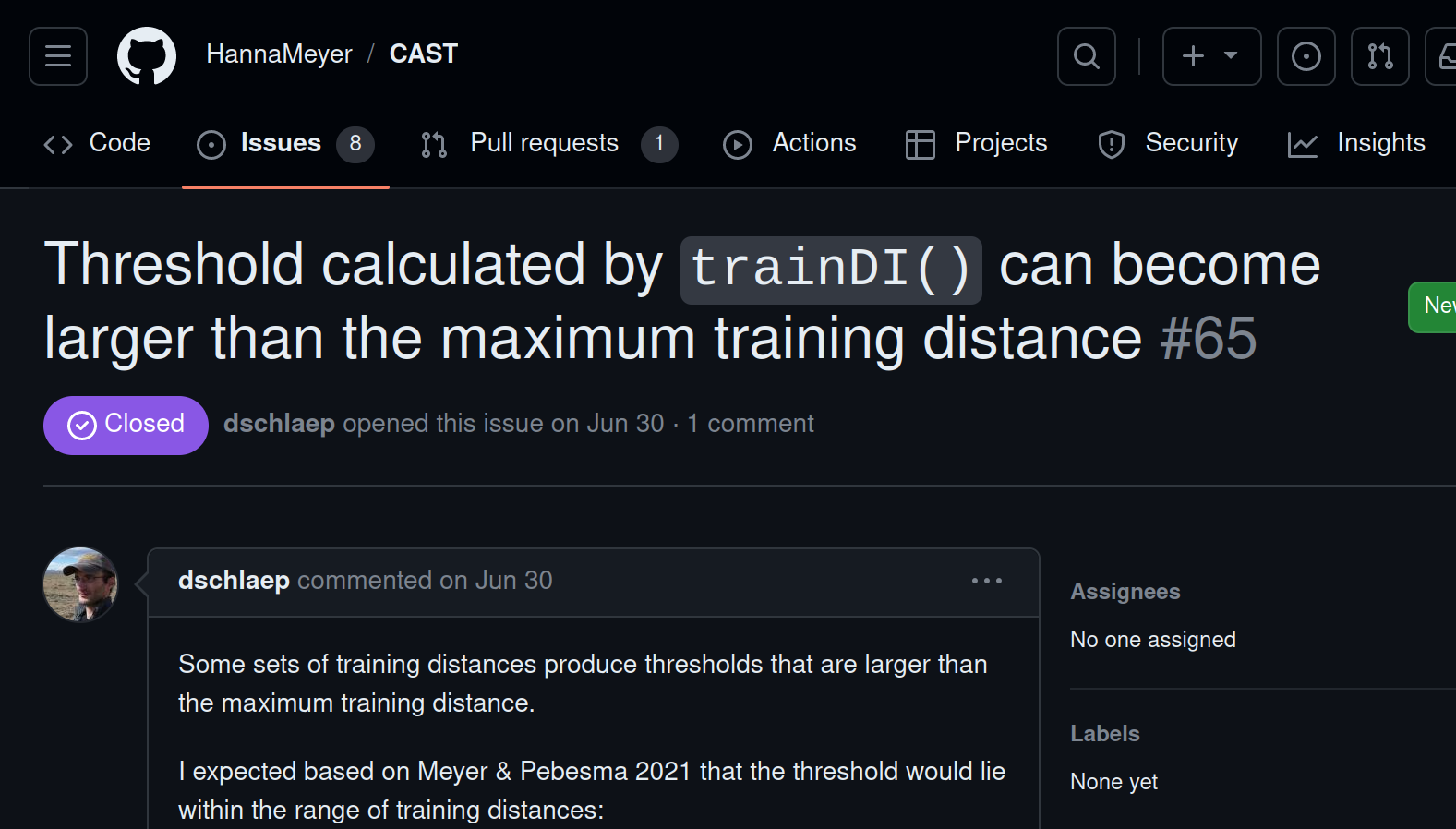
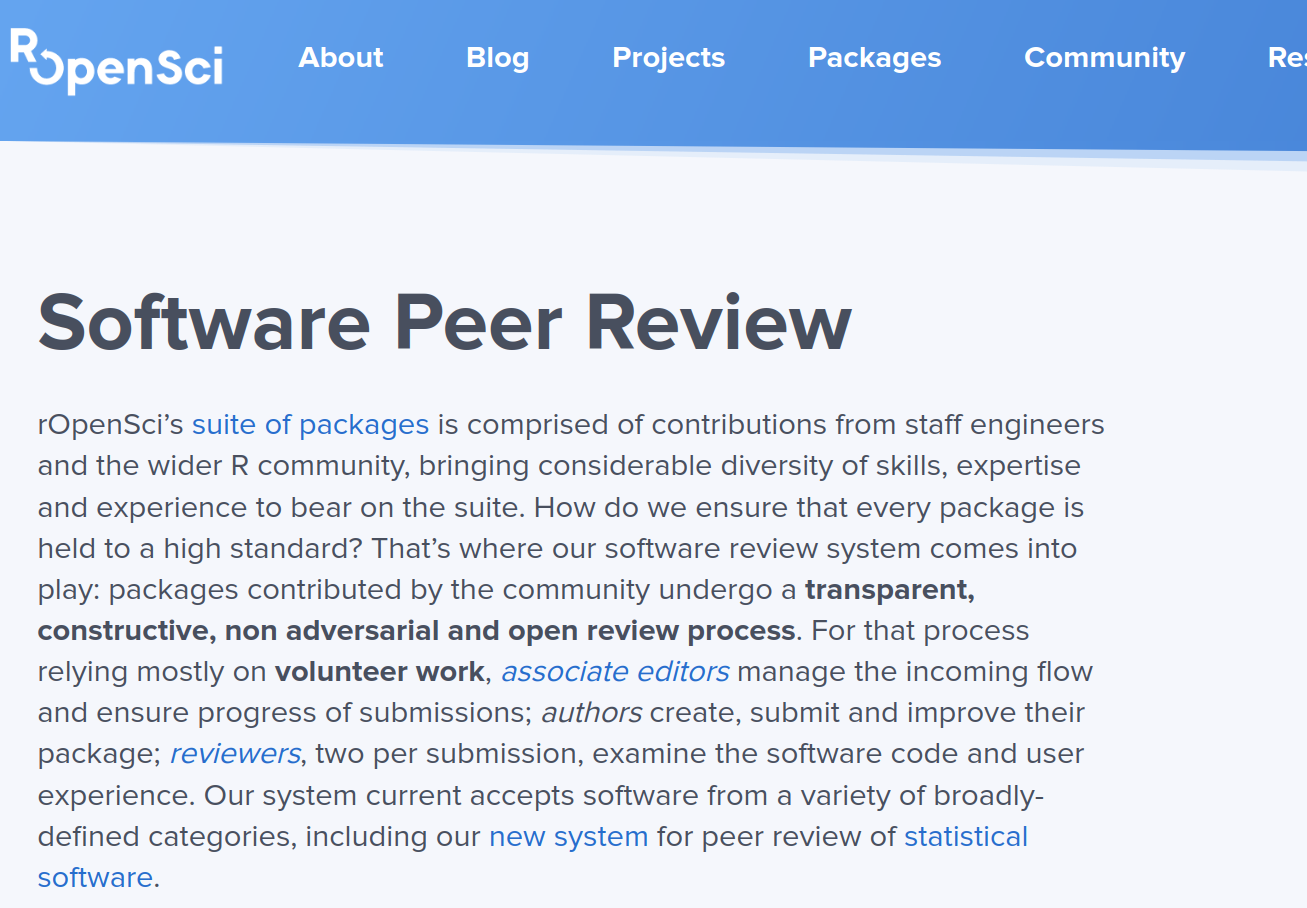
Open source is cumulative

From https://github.com/schochastics/CRAN_collaboration
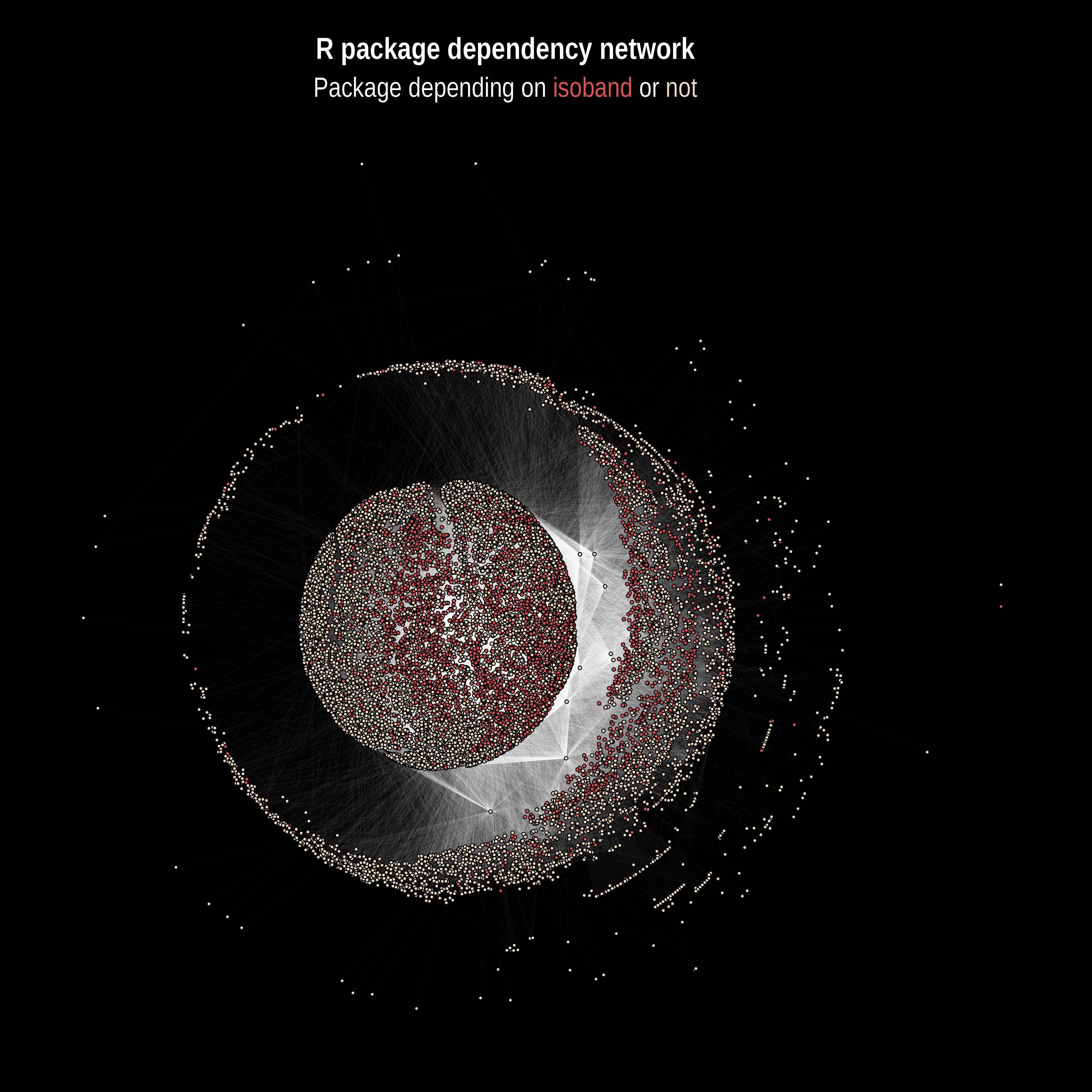
From https://github.com/schochastics/CRAN_collaboration
Civilization advances by extending the number of important operations which we can perform without thinking about them.
– A N Whitehead
Open source aligns with the goals of science and scientists
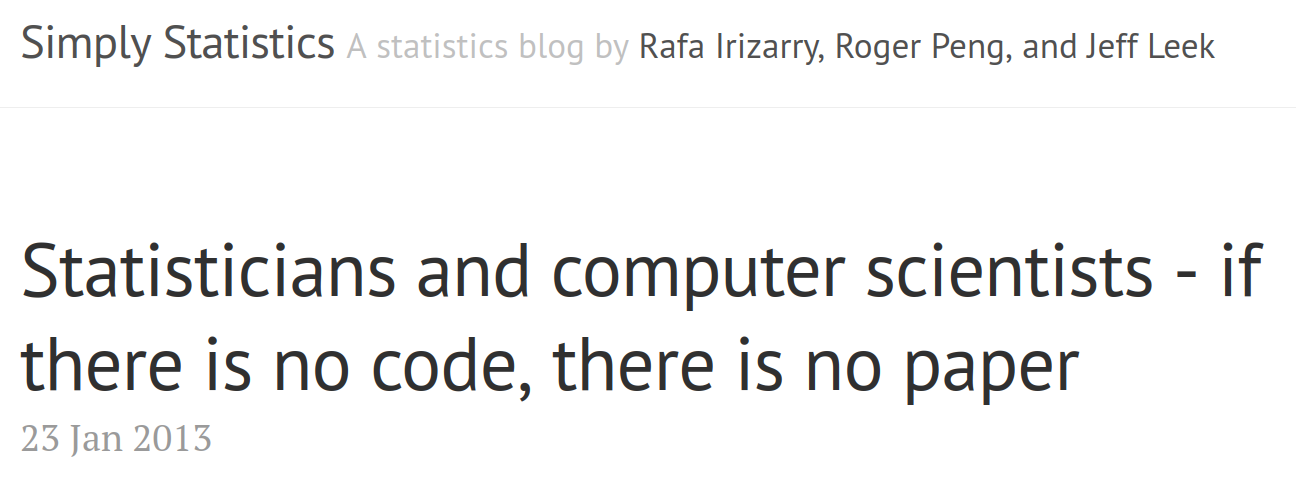
https://web.archive.org/web/20160322031314/https://simplystatistics.org/2013/01/23/statisticians-and-computer-scientists-if-there-is-no-code-there-is-no-paper/
I’m not worried about being scooped, I’m worried about being ignored
– Magnus Nordborg
Open source is lonely
CAST

dplyr

dplyr

pandas

pandas

Running a successful open source project is just Good Will Hunting in reverse, where you start out as a respected genius and end up being a janitor who gets into fights.
– Byrne Hobart
Open source is a long-tailed phenomenon
All R Packages (n = 26,039)

95% of downloads (n = 1,341)

90% of downloads (n = 607)

90% of downloads (n = 607)

Open-source developers are mostly doing something else for a living
Open-source success is hard to track
Small, lightweight seed funding can be very impactful
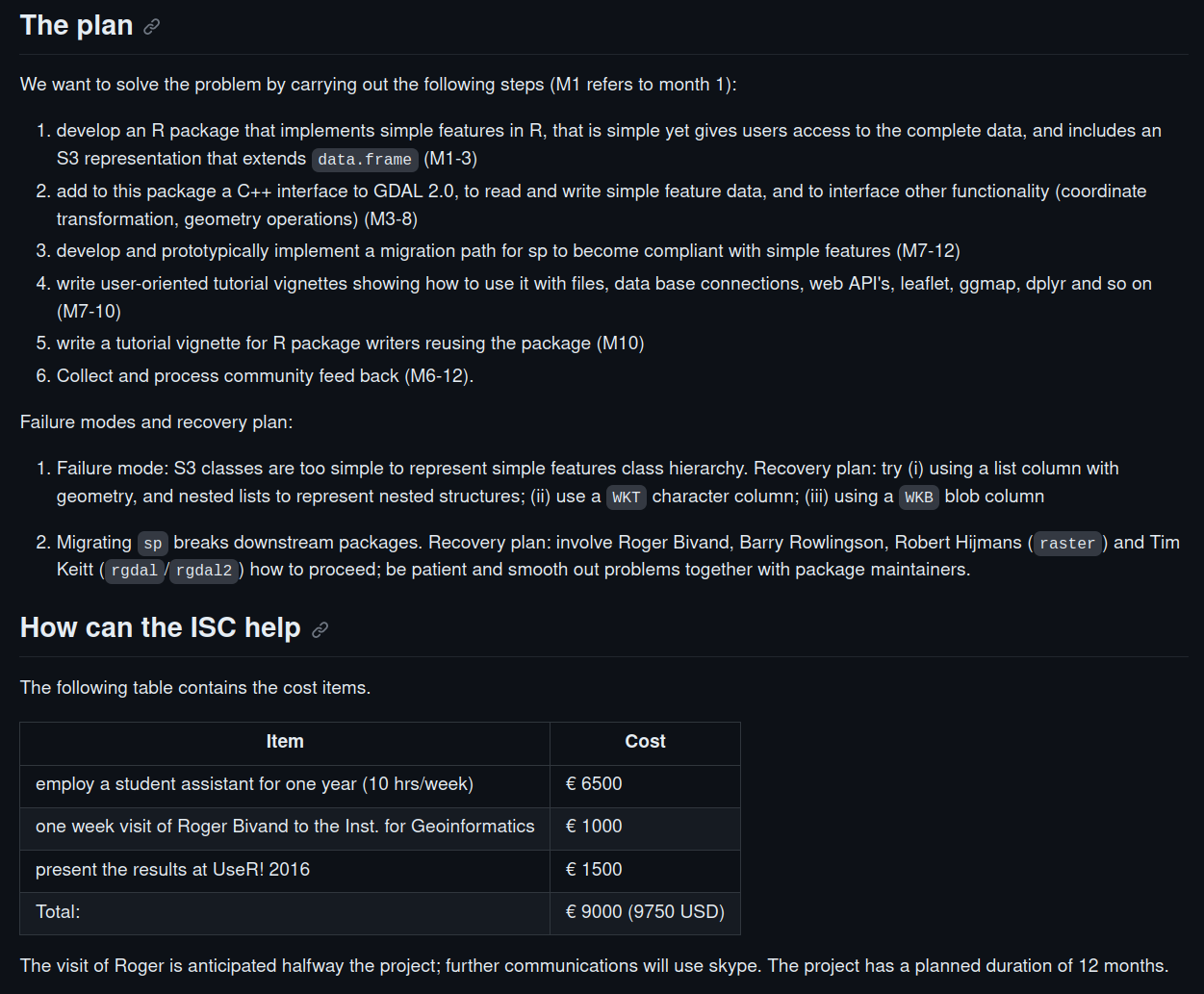

Community groups can help with burnout
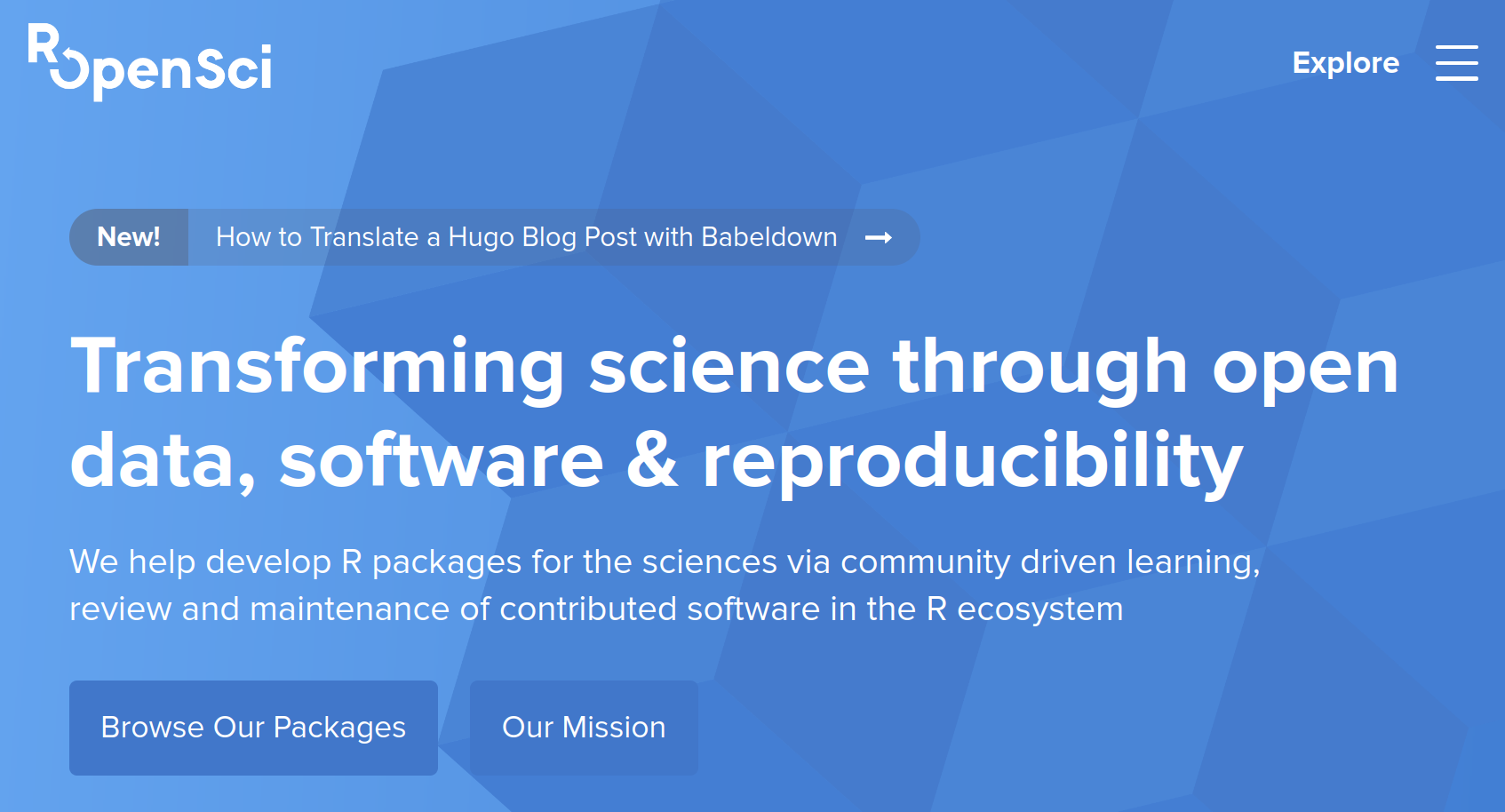
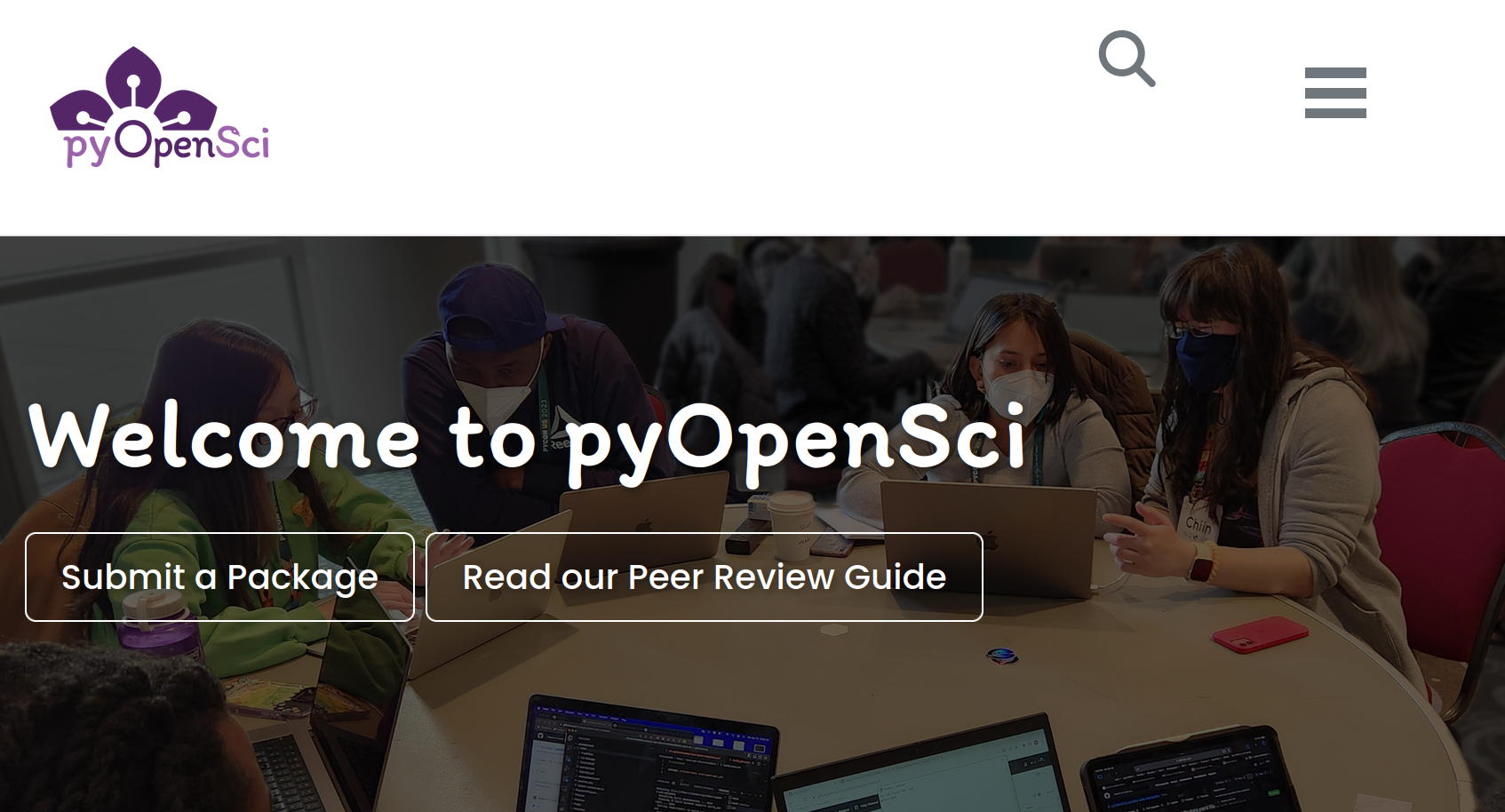
Value software as a research product
Cite your software
Thank you!
Find me online:
@mikemahoney218
Slides available at mm218.dev/nasatops2023
Talk for Open Science Cluster – October 2023